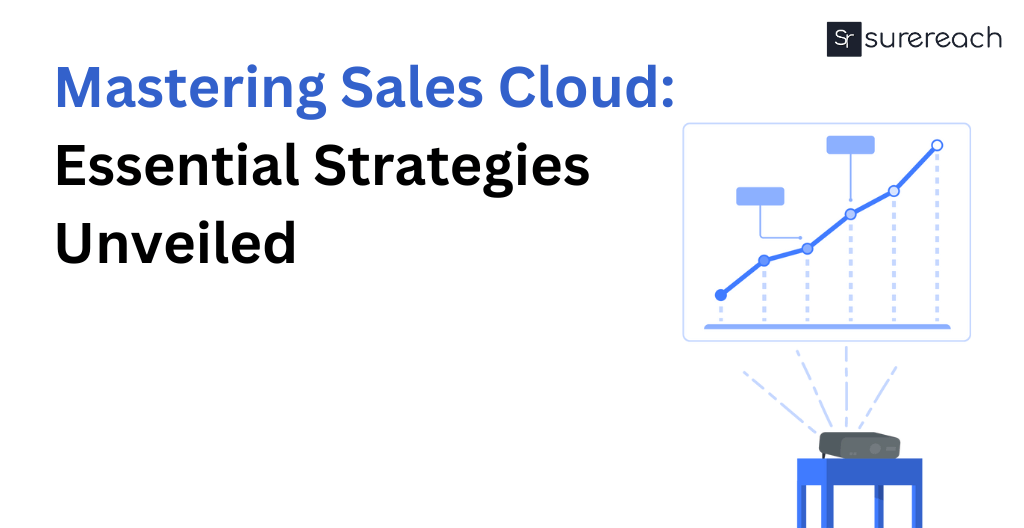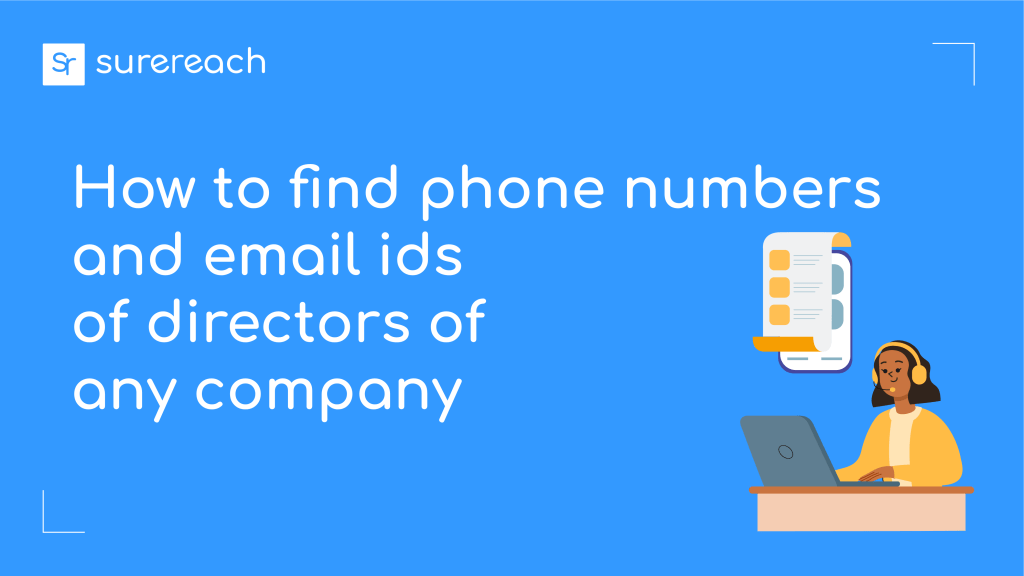What is a Sales Cloud?
With Sales Cloud, your company operations and spreadsheets are connected into a single platform, allowing you to access your clients in their entirety and increase efficiency. Work and selling are becoming more and more digital, and Sales Cloud’s features and capabilities enable your team to work more productively and increase income for your company.
Cloud Sales
A plethora of opportunities is being presented by the cloud to support your effective growth, market penetration, and pipeline filling. But the digital age has altered how businesses select cloud services. 2020 is expected to see a market size for public cloud computing globally surpass $330 billion.
For sales organizations to properly adjust to this new and constantly evolving buyer’s journey, they must modify their sales approach. Cloud sales need your entire organization to re-align to the new paradigm, including strategy, target audience identification, sales team competencies, and revenue-generating technology.
Sales Cloud
A particular Salesforce tool called Sales Cloud was created to assist businesses in selling more effectively and quickly by centralizing client data, tracking interactions, facilitating cross-team communication, and automating a variety of functions. It allows your sales staff to be more effective by centralizing all of the information about your customers and prospects.
Sales Cloud, which is based on the expandable and adaptable Salesforce 360° platform, enables companies to use existing systems without having to “rip and replace.” Actually, a lot of businesses utilize the Salesforce interface to provide users access to data from several back-end systems, which boosts productivity and enhances user experience overall.
Strategies To Increase Sales
The ideas of tracking Contacts, Leads, Accounts, Contracts, Opportunities, Products, Pricebooks, Quotes, and Campaigns are used to achieve this. These tools are intended to assist in overseeing your complete sales procedure. It transforms your personnel from order processors struggling with tedious administrative work into strategic consultants, increasing income for your company.
Sign up and get 20 credits for free!
We have 3 million+ contacts stored to connect you with prospects all over India
Sales Strategy
In order to create a consistent sales funnel, let’s examine how to sell cloud services by developing a winning cloud sales plan.
-
Consider a Trend Rather Than Just a Blip.
The first step in developing a go-to-market strategy for cloud services should be identifying the business drivers. The main motivations behind creating and introducing your new cloud service are business drivers. These factors include industry trends, customer and sales expectations, and just about anything that has to do with the reasons behind creating and marketing the product.
Rather than being sporadic events, you want business drivers to help you in the long run. For example, if you are implementing a cloud solution, the motivation behind it should not only be to stay competitive but also to generate recurring income from your core company and ongoing demand.
-
Land and Grow
Cloud users are difficult to retain. In order to focus on sustained consumption and growth instead of acquisition, you must use a “land and expand” cloud sales approach. The “land and expand” strategy has been rendered obsolete by the quick increase in cloud sales.
By using certain techniques to establish a lasting relationship with your consumers, you may cultivate new customers into recurrent ones. Make the most of upselling and cross-selling chances by thoroughly comprehending the buyer’s path.
Determine the significance of product/service uptake and ongoing usage by measuring the lifetime value of the customer rather than the initial amount of the transaction.
-
Change Who Your Target Audience Is
Don’t think that businesses are the only ones that can provide you opportunities. SMBs may now be more valuable due to their growing reliance on cloud services.
Cloud computing enables more flexible adoption since it needs minimal to no upfront investment. An average cloud migration may save 15% of the total amount spent on IT. The biggest winners are small and medium-sized enterprises, since they save 36% on IT expenses in this way. SMBs, who have smooth financial operations, may quickly enhance their cash flow and pay for what they need when they need it.
Your sales force needs to take into account the demands and standards for making decisions from business units like marketing, finance, and HR while pitching cloud services. Every buyer persona has a unique way of thinking. IT departments, for example, will concentrate on the technical aspects and product functioning.
-
Personalisation Is Essential
Every company seeks technology that makes their ideas a reality. SMB clients have high standards for the technology they employ to operate their businesses, just like large customers do. Each SMB customer has different demands and objectives depending on the size, sophistication, and industry segment of the organization, but they all want solutions that are specifically tailored to meet their needs
But how can you go beyond the generic to provide your customers with the precise cloud solutions they need?
You can make the connection between your SMB clients’ business needs and the available technology by getting a thorough grasp of their problems on a day-to-day basis. After you’ve demonstrated that level of comprehension, you may assist others in selecting and putting into practice the finest cloud solutions. Give your clients the tools they need to transform their businesses by concentrating on meeting their unique demands.
-
Utilize Appropriate Technology
Give your sales staff the tools they need to accomplish their duties well if you want to guarantee their success. Offer technical guidance, products, and sales tactics. Obtain credentials, engage in ongoing education, and teach your staff a combination of technical and sales abilities. Ascertain the buyers’ lead score, lead assignment, techniques, and buyer journey. Determine how all of this will assist shorten the sales cycle as you scale up a team.
Furthermore, the proper actions at the right time may be facilitated by a sales intelligence platform in conjunction with account-based marketing strategies and well defined demand development.
Additionally, it may assist with lead scoring to maximize the value of your company organization, track customer behavior to improve targeting, and automate marketing tasks to increase efficiency.
To develop, evaluate, and optimize marketing ROI and revenue effect, you should have a strong B2B database, an engagement marketing engine, and an analytics engine.
Conclusion
If you are still with us, it’s likely that your efforts to offer cloud services to your clients will pay off. While not every client you engage with will be cloud-ready, you will get better results if you invest some time in prospecting and using the appropriate B2B data to filter the best customer profiles.








Sanidhya Arora
More posts by Sanidhya Arora